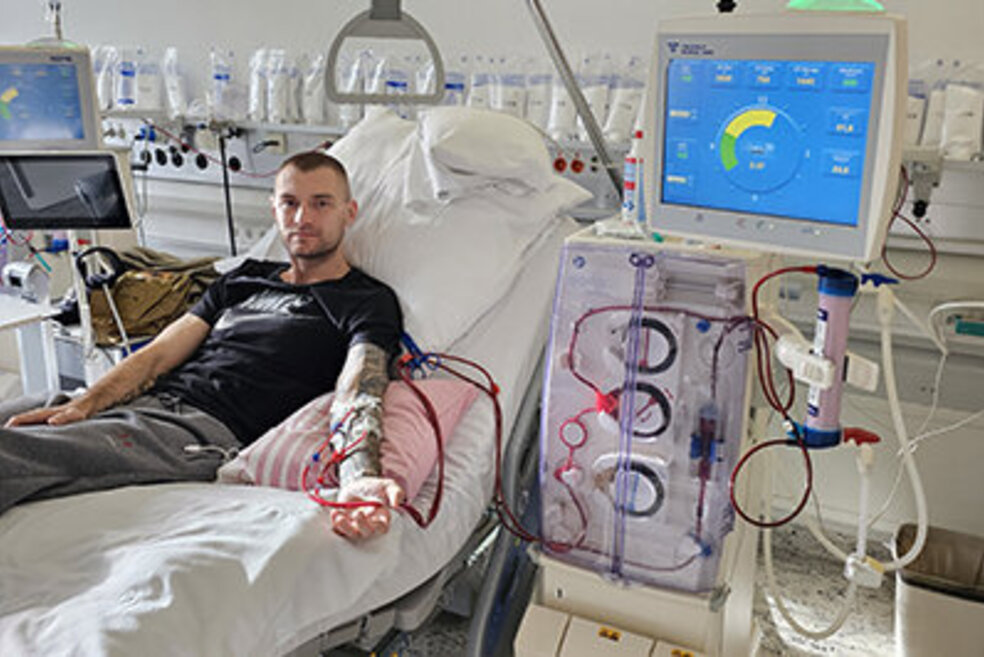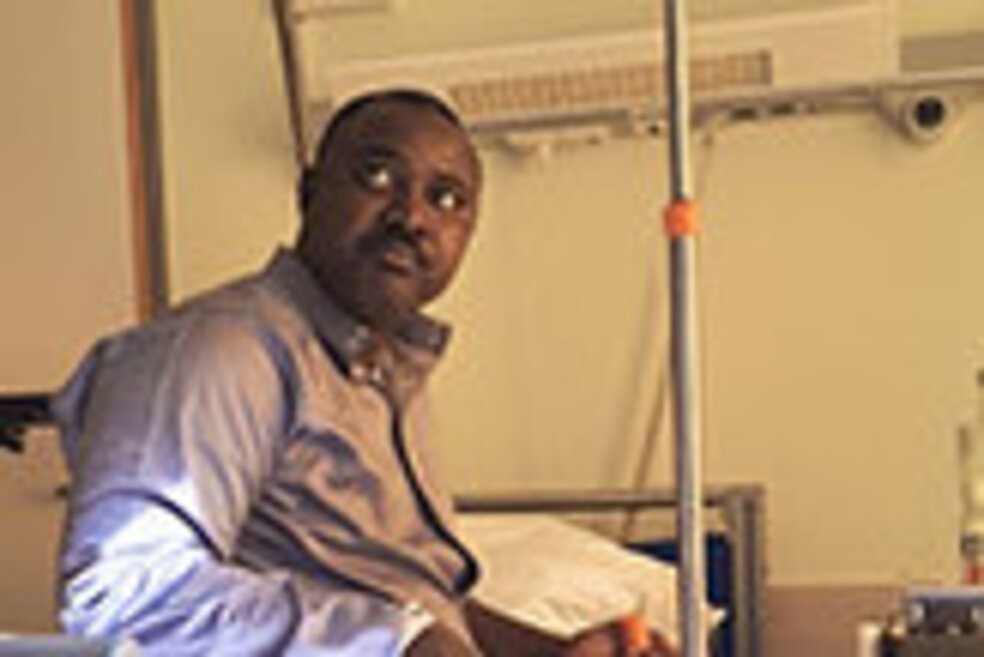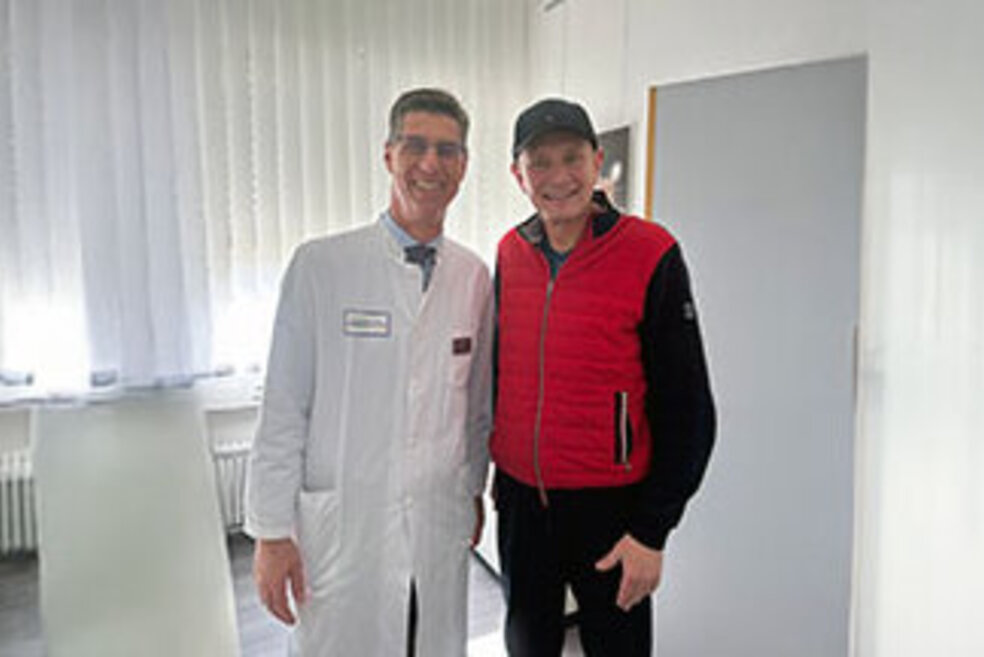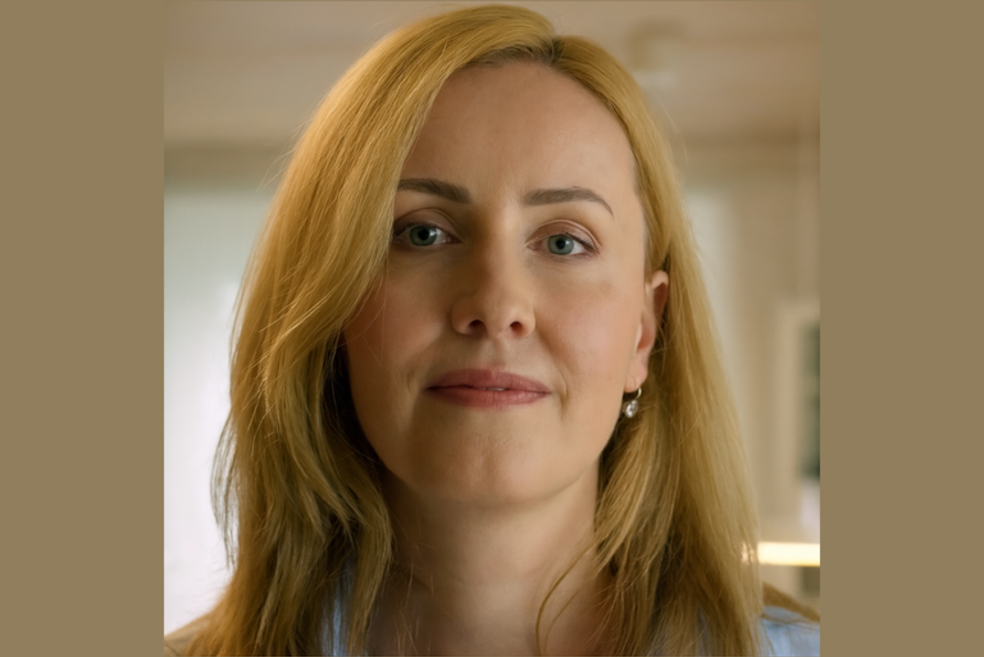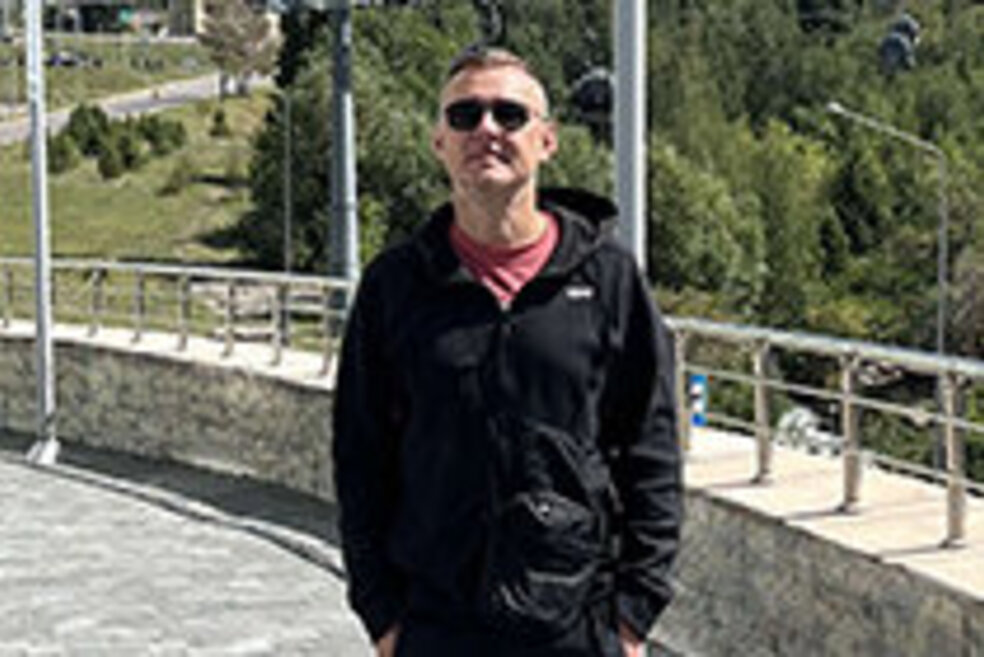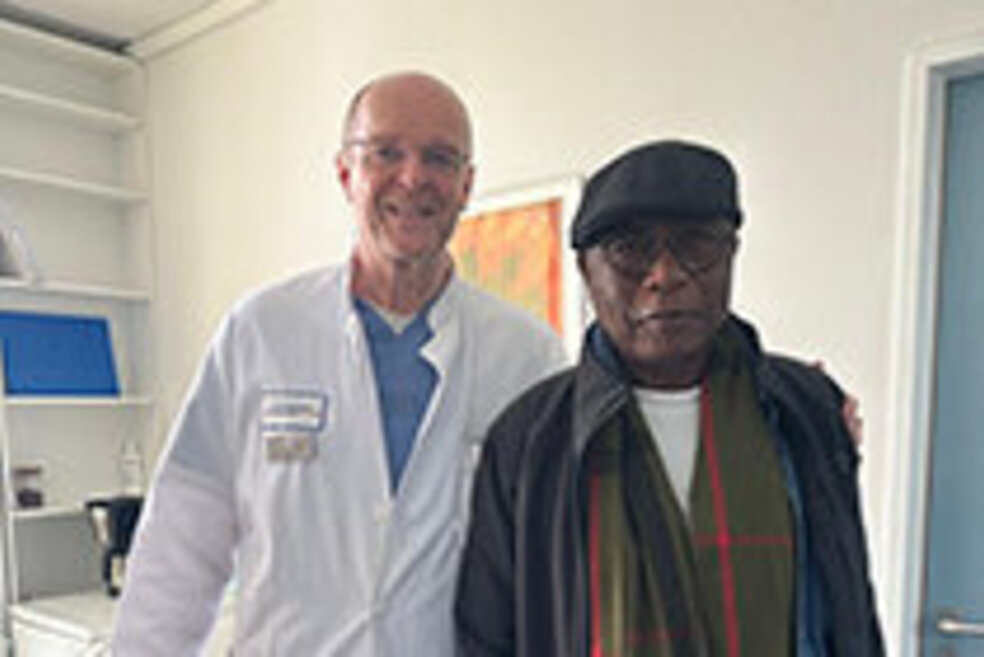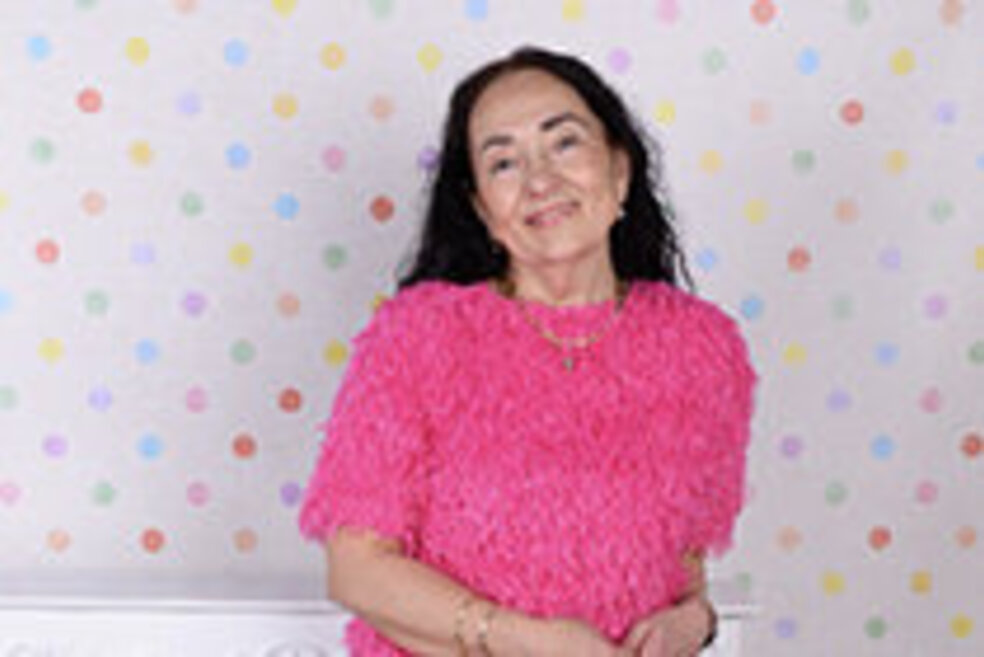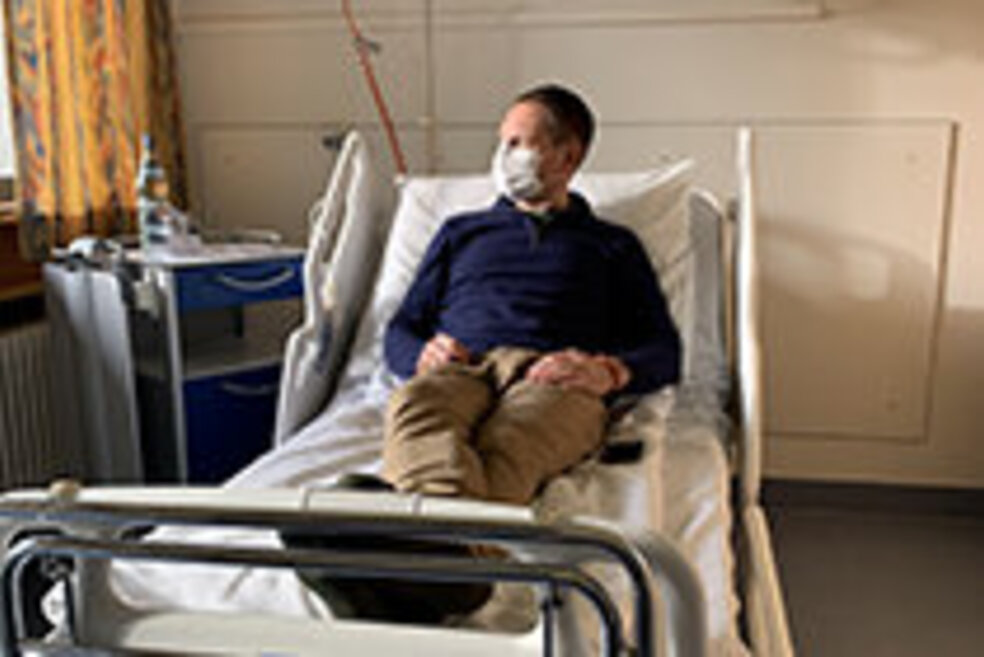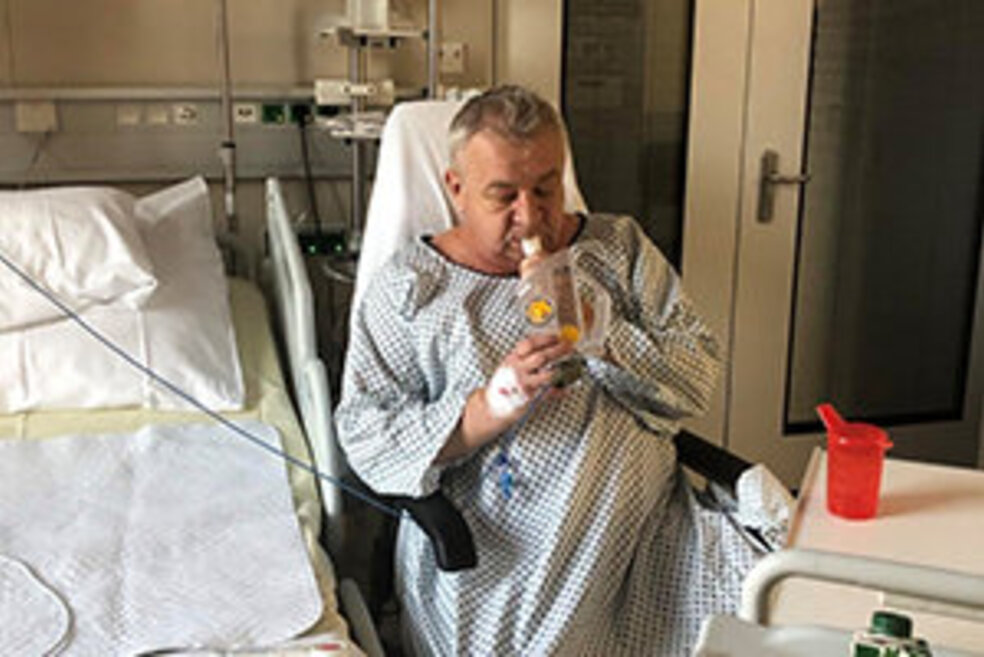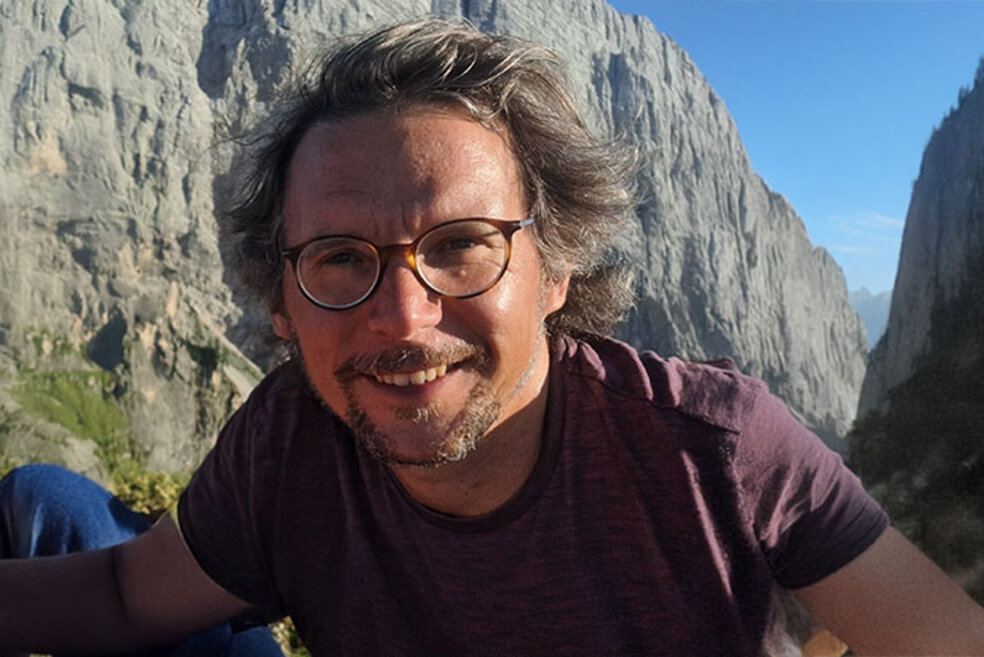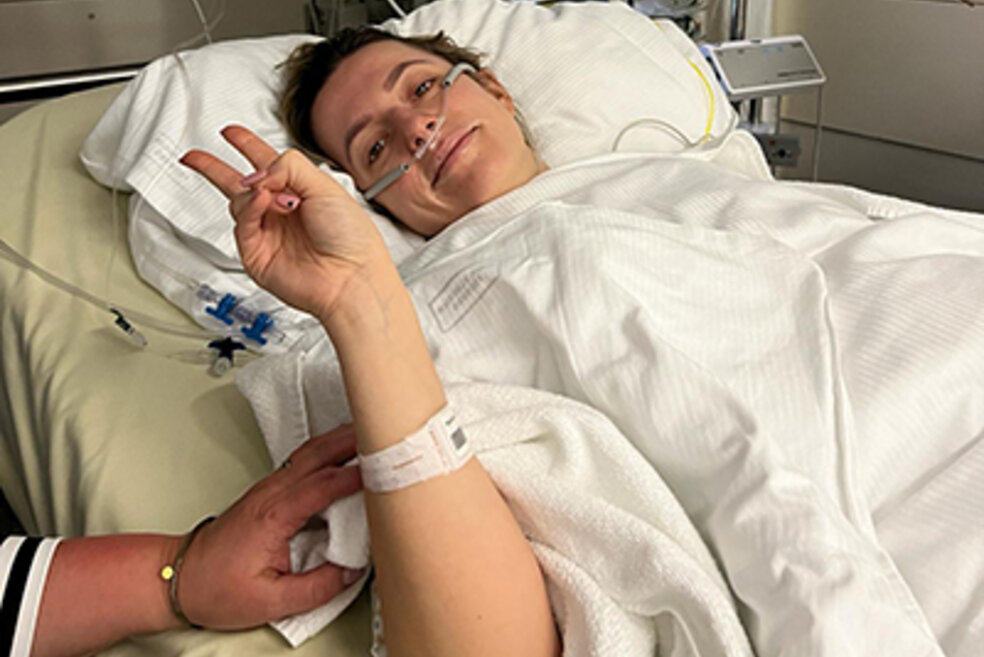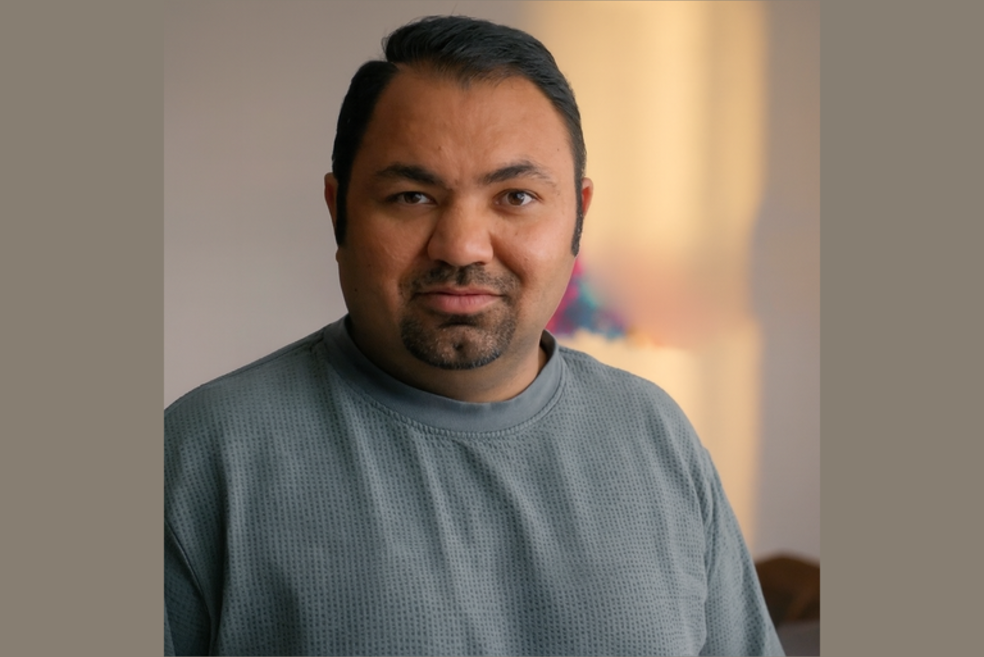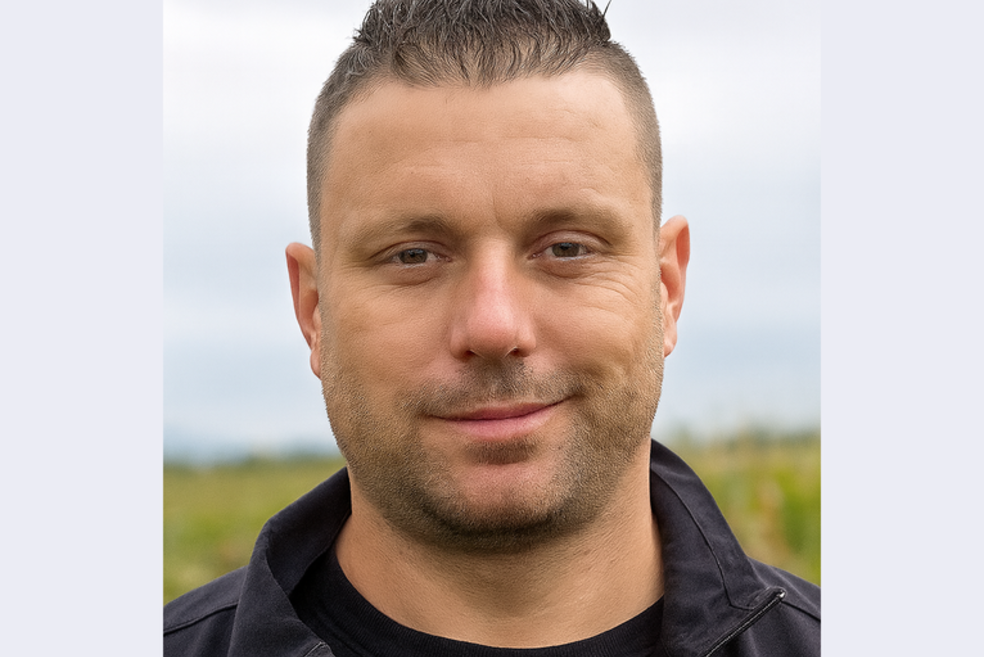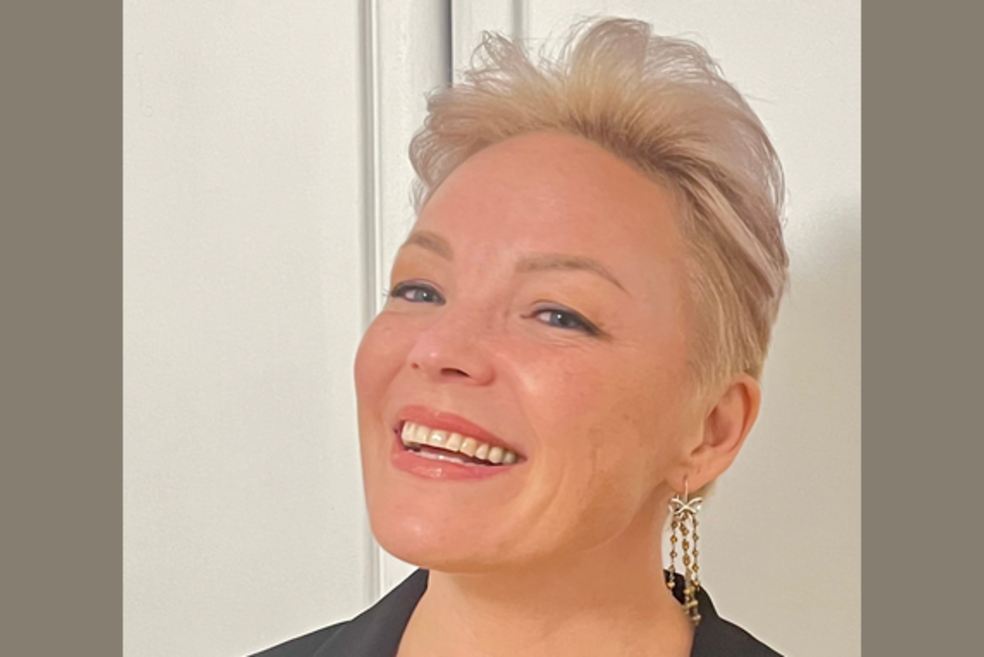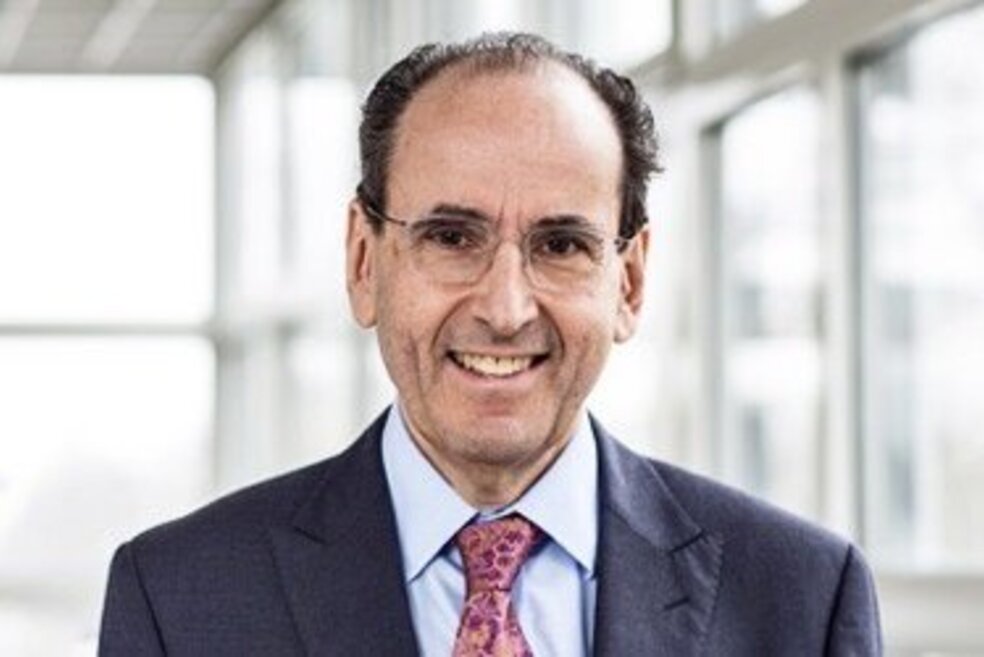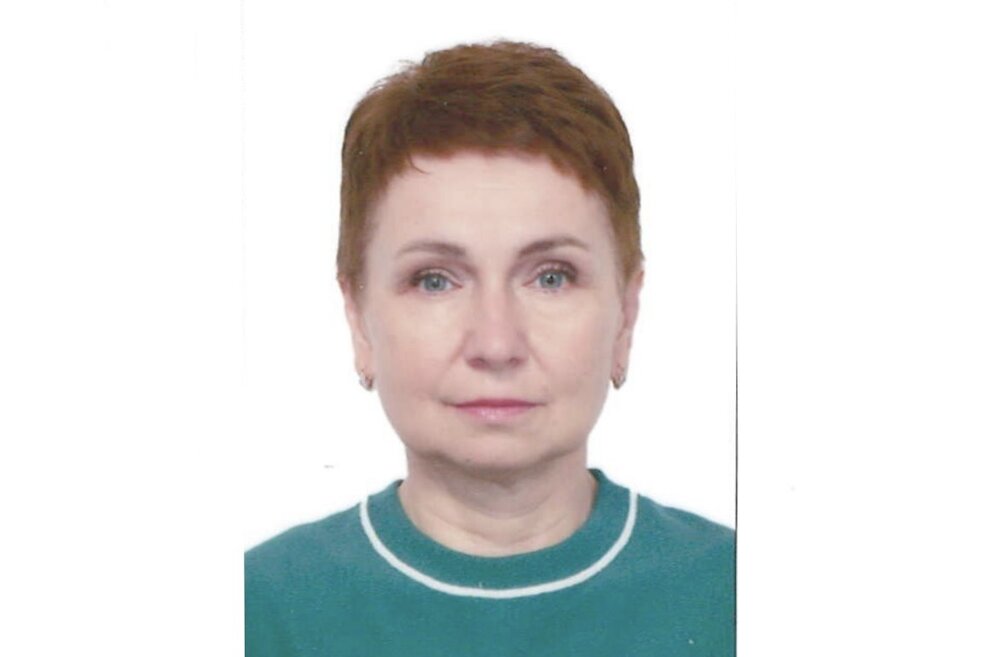Patient Story
Dr. Peter Kardos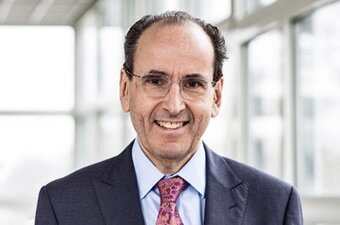
“I was seeing through a fog… Now I can sit in the back row during lectures and still read everything on the slides.”
Dr. Peter Kardos, Germany
Diagnosis: Fuchs’ endothelial corneal dystrophy
Dr. Peter Kardos, a specialist in respiratory medicine from Frankfurt, first noticed something was wrong during his daily walk to work. As the morning sun hit his face, he realized he couldn’t make out the features of people walking toward him – only blurred outlines. His ophthalmologist initially diagnosed early-stage cataracts, but the symptoms didn’t fully add up. Further evaluation revealed the real cause: Fuchs’ endothelial corneal dystrophy, a progressive disease in which the innermost layer of the cornea stops functioning properly, leading to swelling and loss of visual clarity.
“I was seeing through a fog,” he recalls. “In the lab, I couldn’t even read the colored curves on the monitors anymore.”
An initial lens replacement to treat the early cataract only made things worse. His vision deteriorated further. That's when his ophthalmologist referred him to the Eye Center at Medical Center - University of Freiburg – known for its advanced, minimally invasive treatment of corneal disorders.
Instead of replacing the entire cornea, the Freiburg team performed a DMEK procedure (Descemet’s Membrane Endothelial Keratoplasty), where only the damaged innermost layer is replaced. The transplant is secured with a tiny air bubble – no stitches required.
“I was impressed by how well the Center was organized,” says Dr. Kardos. The first surgery on his left eye lasted about an hour and went smoothly, without complications.
A few months later, he returned to have his right eye treated. During the second procedure, an additional intervention was needed to reposition the transplanted cell layer. After the surgery, he had to lie on his back for three to four days to help the new cells bond properly with the cornea. But in the end, the outcome was fully successful, and Dr. Kardos regained clear vision in both eyes.
“Now I can sit in the back row during lectures and still read everything on the slides,” he says, smiling.
Today, Dr. Kardos is back to walking to his practice, seeing the world with clarity – and back to doing what he loves, with confidence.
